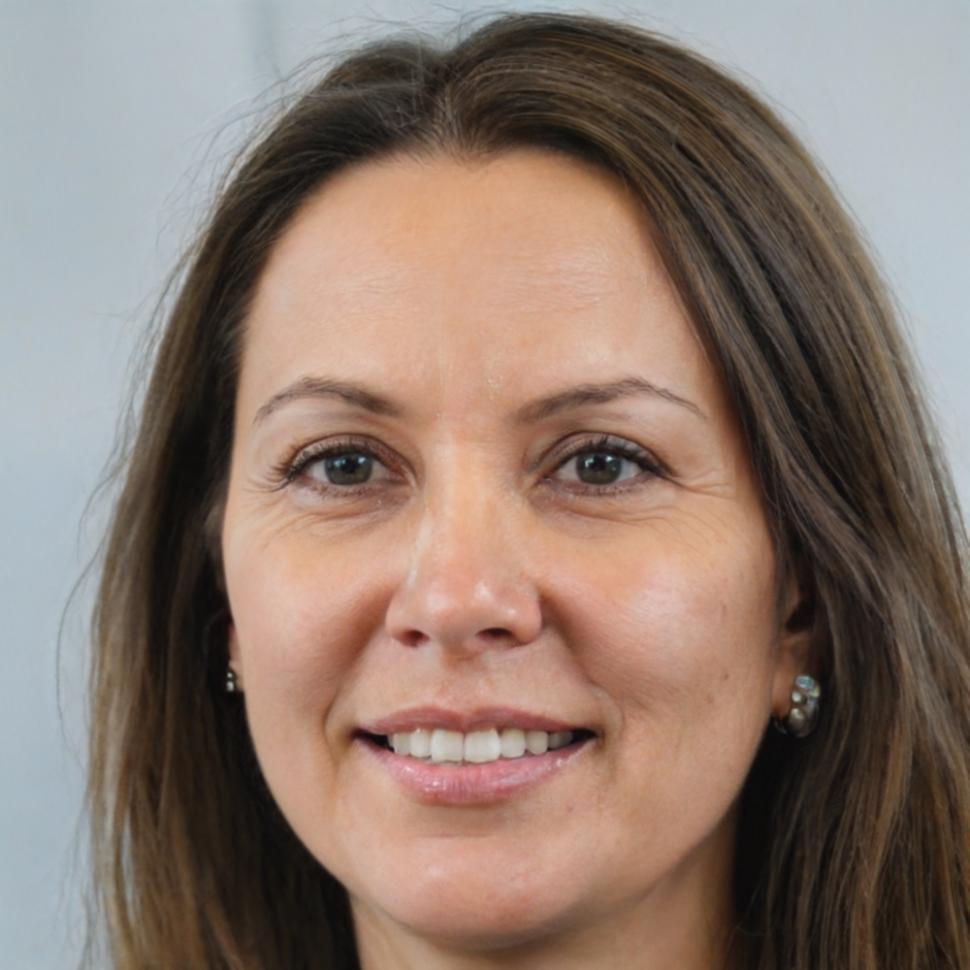Learn from practitioners who've built models for ASX-listed companies, private equity firms, and government agencies across Australia. Our courses blend theory with hands-on application.
Explore Our ProgramsOur instructors bring decades of combined experience from Australia's financial sector. They've worked on everything from mining project valuations to tech startup funding rounds.
"I remember building my first DCF model for a copper mine acquisition back in 2018. The pressure was intense, but that's exactly the kind of real-world scenario I bring to our classroom discussions. Students need to understand how these models actually get used in boardroom presentations."
What sets our approach apart? We don't just teach formulas. We share war stories. Like the time a single assumption change shifted a company's valuation by $200 million, or how a sensitivity analysis saved a client from a disastrous merger.

Our teaching methodology evolved from working with over 300 professionals who needed practical skills, not textbook theory. Here's how we structure learning for maximum retention and real-world application.
We start with actual company annual reports and business cases. Students learn to extract key assumptions and understand the business before touching Excel. This context-first approach prevents the common mistake of building technically perfect but commercially useless models.
Each session builds on the previous one. Week one might cover revenue forecasting for a retail chain, week two adds operating expenses, and by week four you're building integrated three-statement models. No overwhelming information dumps.
We intentionally break models and teach students to find errors. This skill separates professionals from amateurs. When your CEO asks why the cash flow doesn't tie out, you'll know exactly where to look and how to fix it quickly.
The best model is worthless if you can't communicate its insights. Students practice presenting their work, handling tough questions, and translating numbers into strategic recommendations. We simulate actual client meetings and board presentations.


Every quarter, we analyze a current Australian business case. Students work through the same challenges our instructors faced in their professional careers. Here's how one recent project unfolded.
We chose a real renewable energy project in Queensland that was seeking $50 million in funding. Students received the same data pack that professional analysts would see: historical performance, regulatory environment, power purchase agreements, and market forecasts.
Teams built comprehensive financial models over six weeks. They had to forecast electricity prices, model degradation curves for solar panels, account for government incentives, and stress-test their assumptions. The complexity was deliberately high to mirror professional standards.
Each team presented their models to others for critique. This peer review process uncovered modeling errors and different interpretation of the same data. Students learned that experienced professionals often disagree on key assumptions – and that's perfectly normal.
Students pitched their investment recommendations to a panel including a former infrastructure fund manager. The winning team's valuation was within 8% of the actual transaction price when the project closed six months later.
